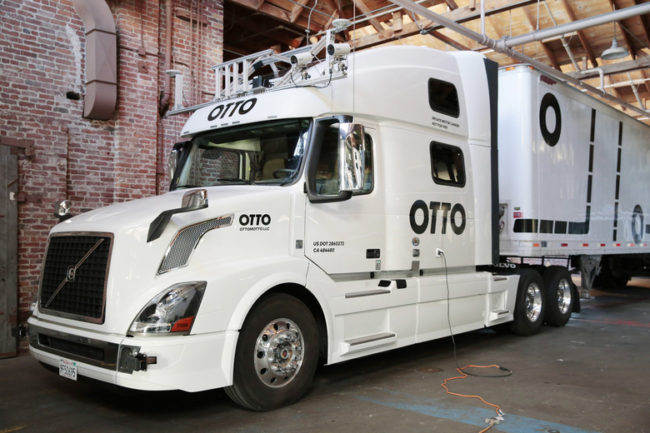Frontend and Backend are two term that have been thrown around in the web development industry. If you have every had the opportunity to work a web developer, you too must have heard them! However, it can be quite frustrating because the difference between the two is quite ambiguous. Frontend and backend are terms used to describe the aspects of the web industry.
The frontend is basically referred to as the client-side and is associated with web design. On the other hand, the backend is often called the server-side and are also referred to as web development. This is explanation has been stripped down to basic. When we start taking other aspects of the web industry into account, the difference between the two becomes blurry once again. They are similar to two sides of the same coin. The two always work together, communicating and operating with each other, to ensure a website’s functionality.
The following guidelines will help you identify the difference between frontend and backend. Even if it doesn’t make you an expert, you will be able to understand what it means when some one tosses around the term “frontend” or “backend” in the future.
Front End
When we say frontend, we really are talking about the visible and interactive aspects of the web. Frontend basically comprises two parts- the web design and the frontend web development.
Earlier when people used to discuss development, they usually refer to the backend. However, in the recent years, there has been a need to differentiate the designers who worked with Photoshop and those who could code HTML and CSS. The need for this differentiation increases when designers started working with JavaScript and jQuery.
Now, when you hear the term “web design” you will be able to identify the fact that it refers to those who work with Photoshop and Fireworks, and those who code using HTML, CSS, JavaScript or jQuery.
Everything you see when you visit a website is a sequence of HTML, CSS, and JavaScript that is being controlled by your computer’s browser. These includes elements like fonts, buttons, drop-down menus, transitions, contact forms, sliders, etc.
In order to materialize all these and store the information that you put in the frontend elements, backend is required!
Backend
The backend comprises a server, an application, and a database. For instance, you want to open an account on a social networking site. You open the site and interact with the front end. Once you are finished entering your details (information), the application stores it to a database that was created in a server, which is again located somewhere else.
The information that you provided stays on the server. Now when you go back to log back into the application, you see that all of the information is still on your account.
A person who builds all of these technology to work collectively is called a backend developer. Backend usually consists of languages such as PHP, Ruby, and Python. They usually work on frameworks such as Ruby on Rails, Cake PHP, and Code Igniter. These frameworks make development faster and easier to collaborate on.
Example: WordPress is a perfect example to demonstrate how frontend and backend work together. WordPress is an open-sourced framework built on PHP. You need to install it on your server with a database. The look and functionality of the WordPress site is then customized using CSS, jQuery and JavaScript.
Conclusion
Frontend vs Backend is still a confusing topic because the lines between design and development seem to get more and more blurred. If you’re planning to collaborate your business with web development India, having a clear understanding of the fundamental differences between frontend and backend is essential
Prince Kumar is an SEO Analyst in MindDigital. He has more than 4 years of experience within the world of SEO. He is brilliant when it comes to anything technical and is great at finding the latest trends when it comes to SEO for our clients.






Comment here